When it comes to building a strong chest and enhancing your upper body strength, the bench press is a classic exercise. Traditionally, this movement is performed using a flat or incline bench, but the angled Smith machine bench press has gained popularity among fitness enthusiasts for its unique advantages. In this guide, we'll explore why the angled Smith machine bench press is a valuable addition to your workout routine and how to perform it correctly.
What is the Angled Smith Machine Bench Press?
The angled Smith machine bench press is a variation of the traditional bench press, but it utilizes the Smith machine for added stability and controlled movement. Unlike free-weight bench pressing, where you need to balance the barbell, the Smith machine’s fixed bar path provides extra support, which is ideal for those looking to isolate their chest muscles without worrying about balance.
In the angled version, the bench is set at an incline or decline position, targeting different parts of the chest and upper body. The machine itself is also adjustable, allowing for precise positioning of the barbell in relation to your body.
Benefits of the Angled Smith Machine Bench Press
-
Increased Stability: One of the main benefits of using a Smith machine for the bench press is the stability it provides. The fixed bar path minimizes the risk of injury, especially for beginners or those recovering from shoulder or chest injuries. This added security can help you focus on lifting heavier weights.
-
Targeting Specific Muscle Groups: The angle of the bench determines which part of your chest will be targeted more. For example, setting the bench at a slight incline will engage the upper chest muscles more intensely, while a steeper incline will target the shoulders. This allows you to target different areas of the chest, improving overall muscle development.
-
Reduced Need for a Spotter: One of the most significant advantages of the Smith machine is that it eliminates the need for a spotter. With the barbell fixed in place, you can safely lift heavy without worrying about failing a lift. This makes it ideal for those who prefer training solo or don't have a consistent workout partner.
-
Controlled Range of Motion: Because the barbell moves along a guided path, the angled Smith machine bench press helps maintain a controlled range of motion, ensuring that you're lifting with proper form. This minimizes the chances of improper technique that could lead to strain or injury.
How to Perform the Angled Smith Machine Bench Press
-
Set Up Your Bench: Adjust the Smith machine so that the barbell is aligned with your chest. Choose the incline or decline position of the bench depending on whether you want to focus on the upper or lower chest. The angle of the bench should be between 15° to 45°.
-
Load the Barbell: Once your bench is in place, load the barbell with an appropriate weight. Be sure to secure the weights with collars to prevent them from shifting during the movement.
-
Position Your Body: Lie back on the bench and ensure your feet are flat on the ground, your back is slightly arched, and your head is in a neutral position. Grip the bar with your hands slightly wider than shoulder-width apart.
-
Unrack the Barbell: Carefully lift the barbell off the hooks and lower it towards your chest. Keep your elbows at about a 45° angle to your torso as you lower the bar.
-
Press the Bar Up: Push the barbell upward, extending your arms fully but not locking your elbows. Keep the motion controlled and steady. Focus on squeezing your chest muscles at the top of the movement.
-
Re-rack the Barbell: After completing the desired number of reps, carefully return the barbell to the starting position by locking it back into the Smith machine hooks.
Tips for Maximum Effectiveness
- Warm Up Properly: Always warm up your muscles with lighter weights or dynamic stretches before attempting heavier loads.
- Maintain Proper Form: Even though the Smith machine provides stability, it's essential to focus on your form to prevent strain on your shoulders and wrists.
- Progressive Overload: Gradually increase the weight you’re lifting to continue challenging your muscles and promoting growth.
- Incorporate Variations: Mix up your routine by alternating between flat, incline, and decline bench positions to target different areas of the chest.
Conclusion
The angled Smith machine bench press is an excellent exercise for anyone looking to enhance their chest development while maintaining stability and control. Whether you're a beginner or an experienced lifter, the machine's ability to guide the movement and reduce the need for a spotter makes it a safe and effective choice. By incorporating this variation into your routine, you can target different parts of your chest, improving both strength and muscle definition over time.






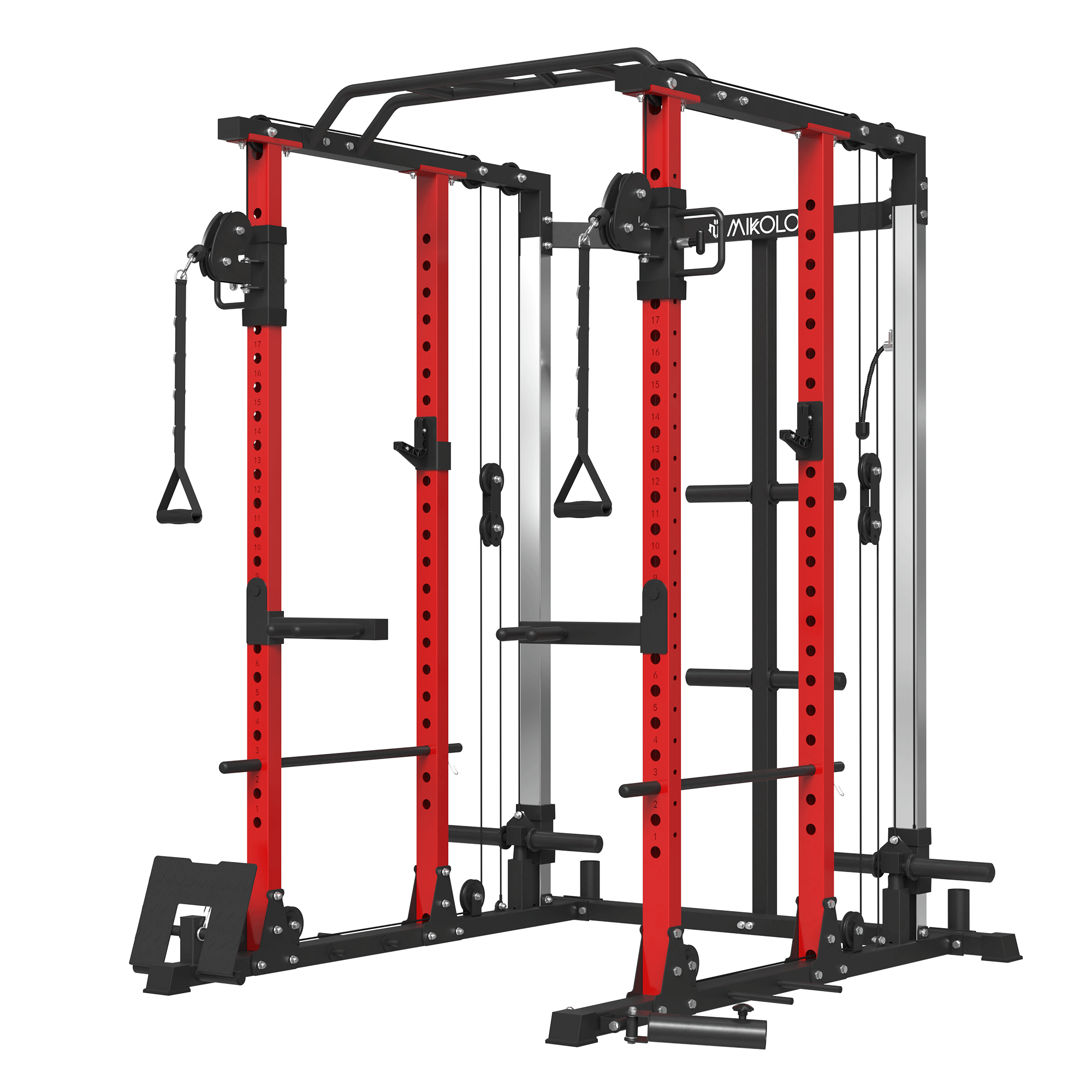



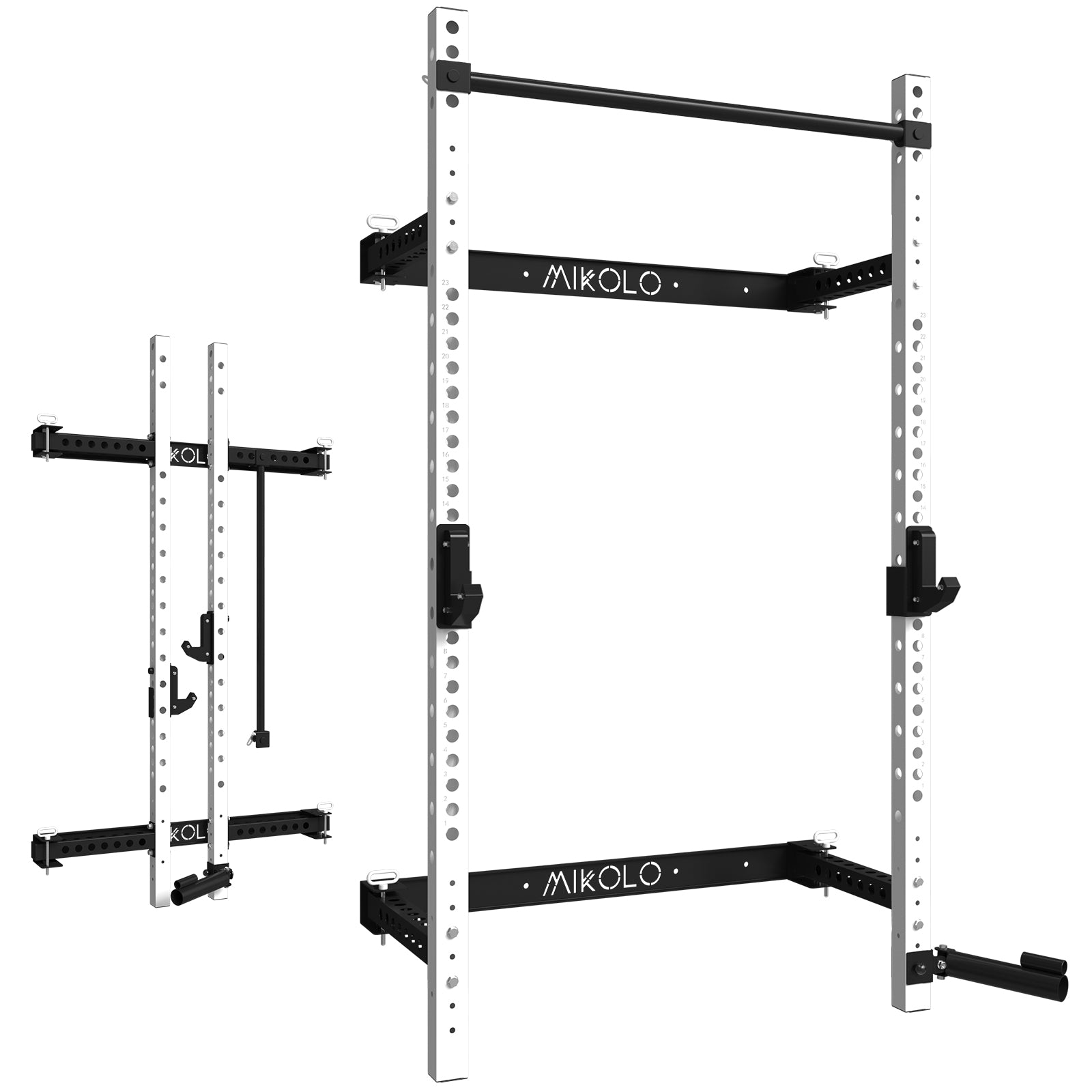









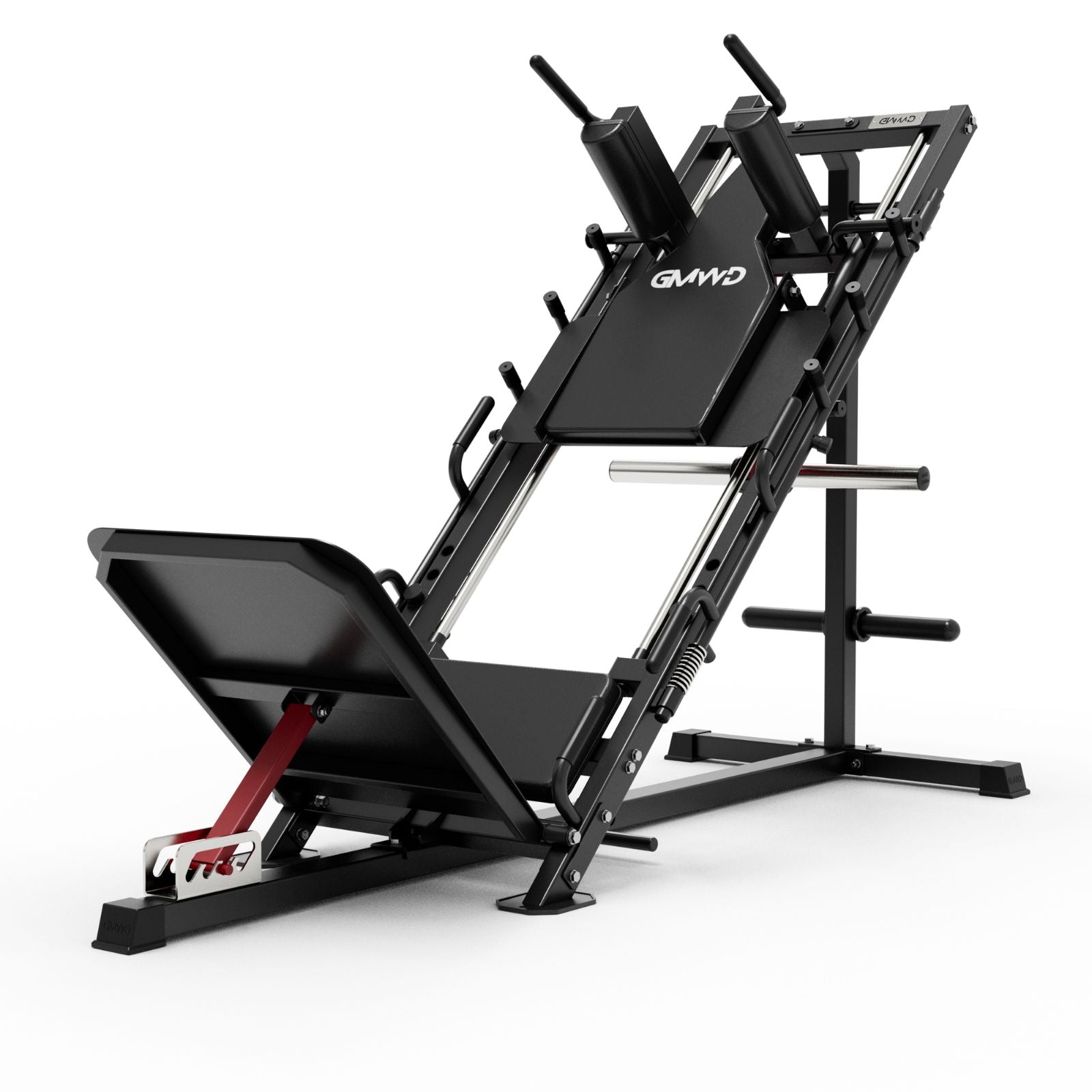







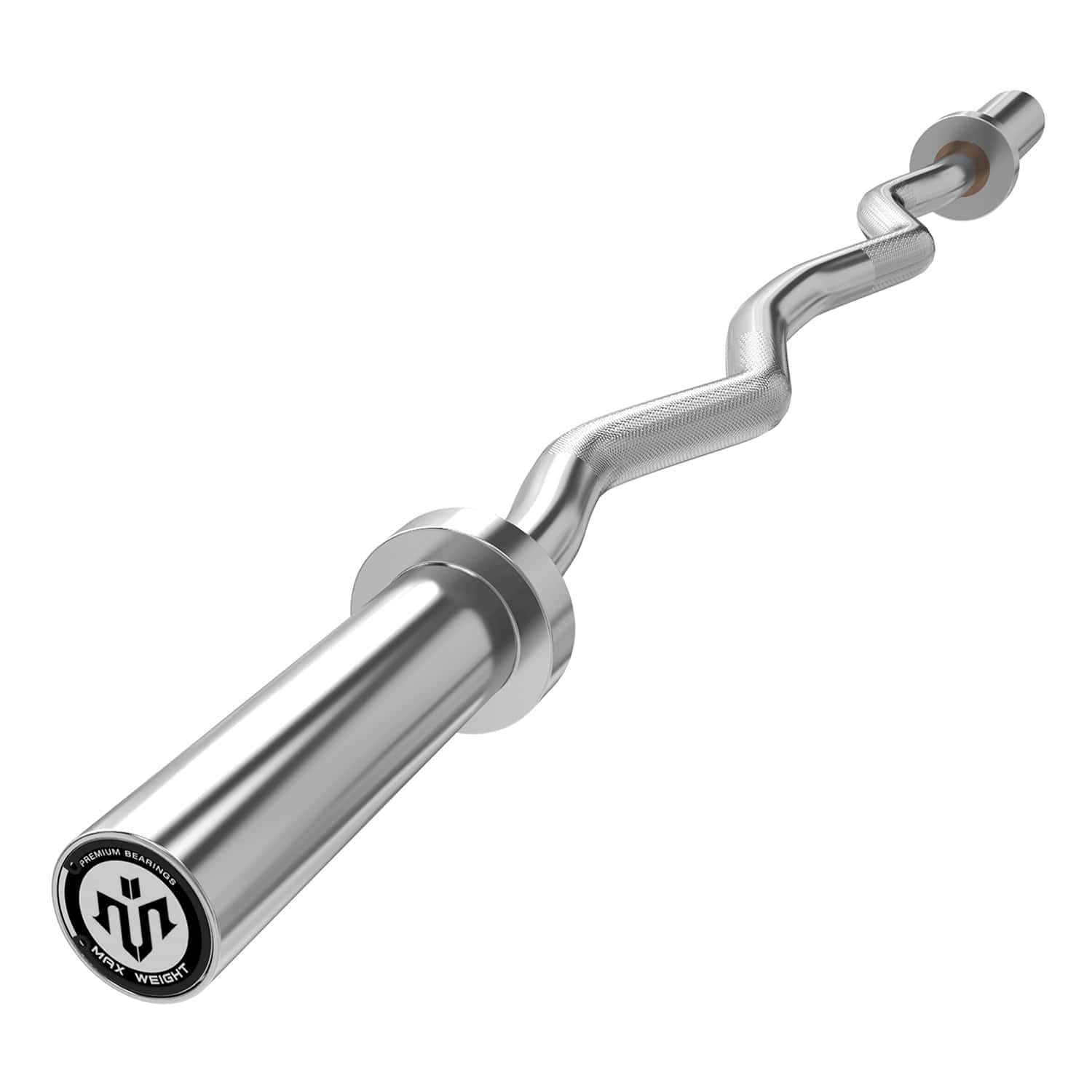
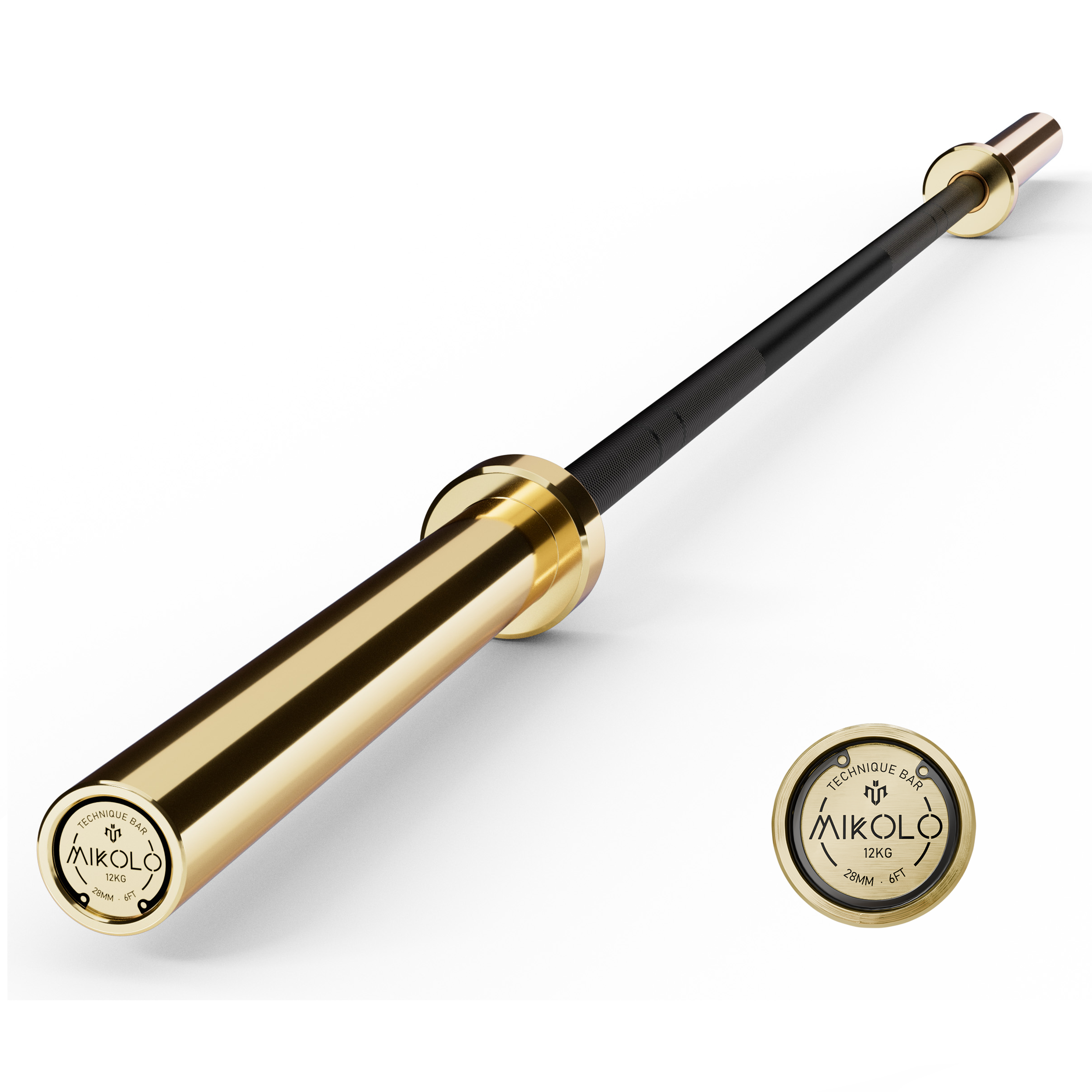


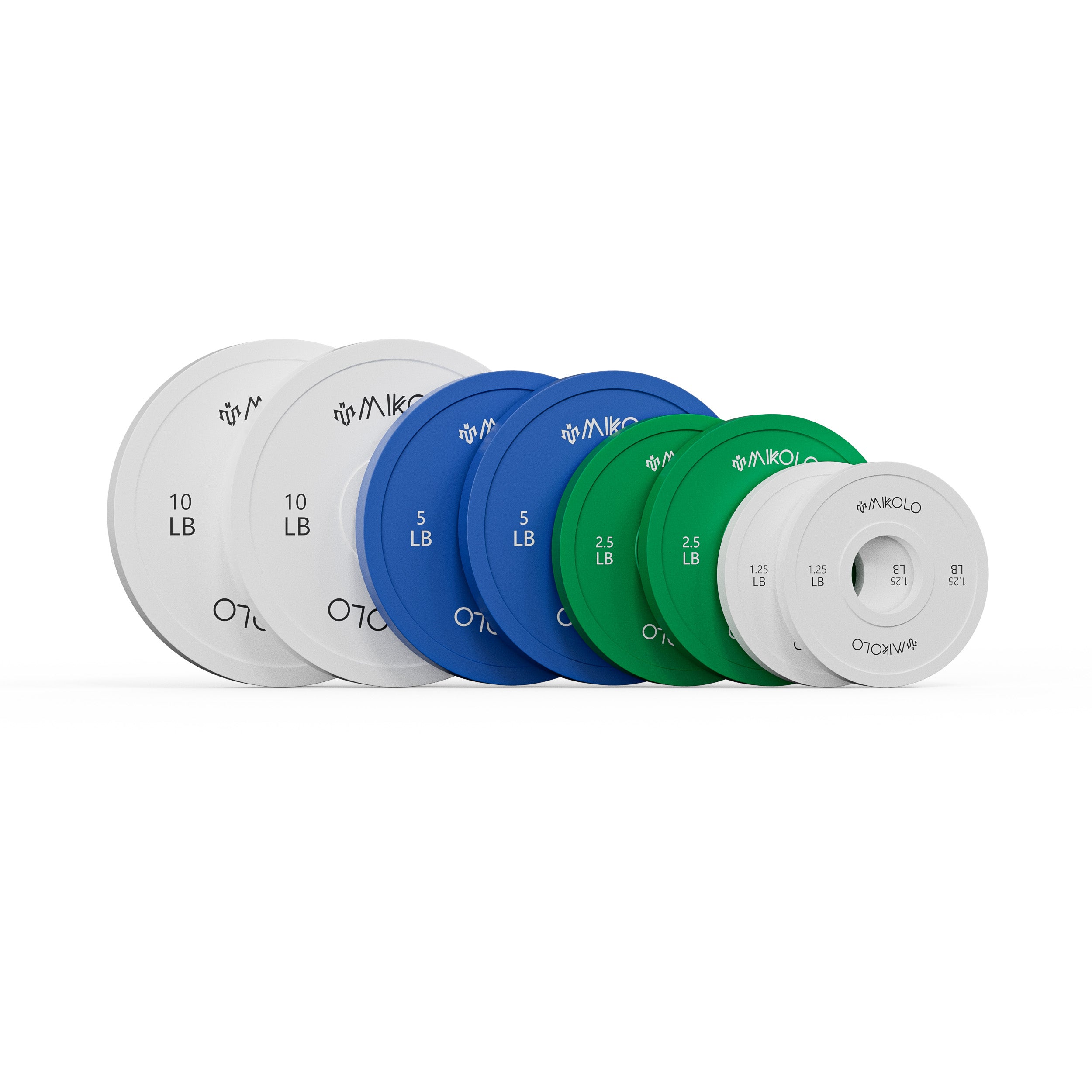



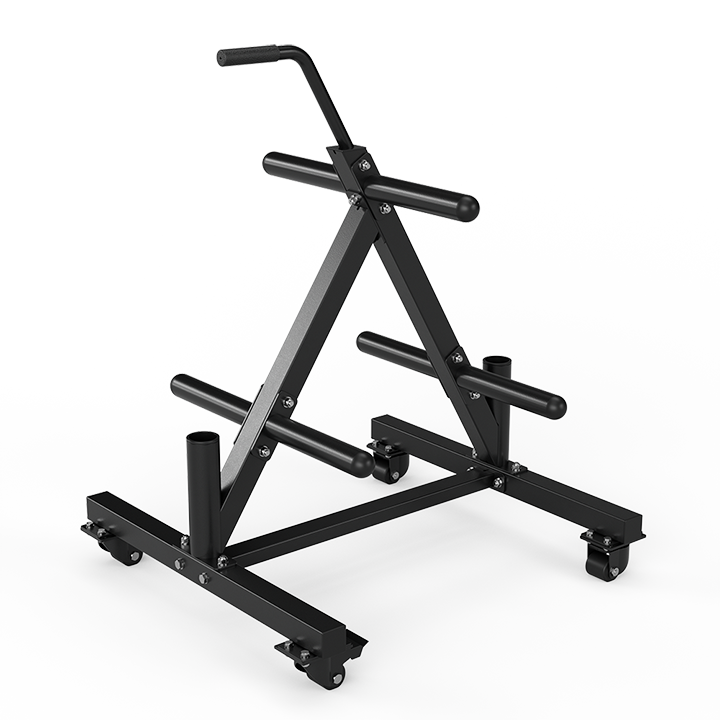
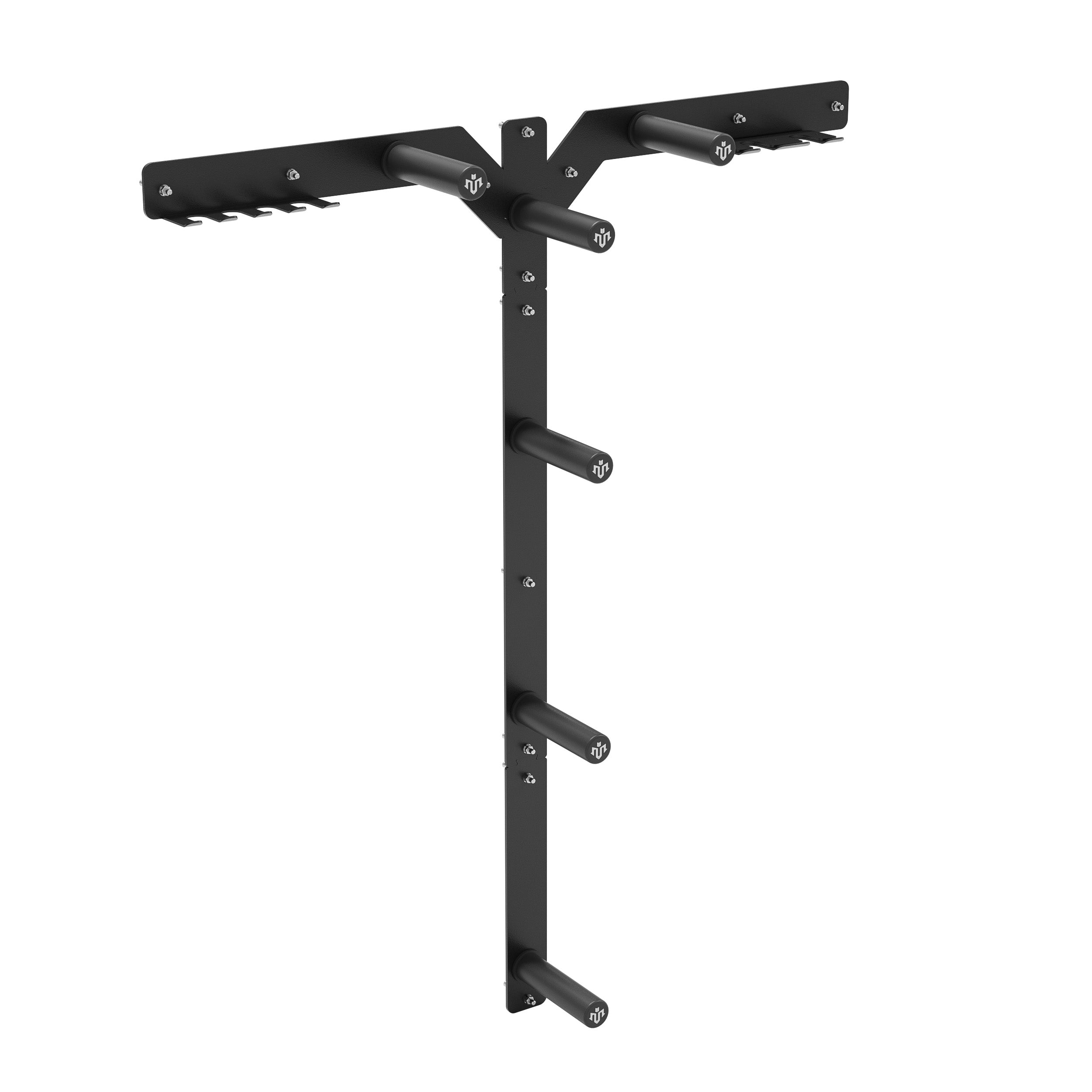
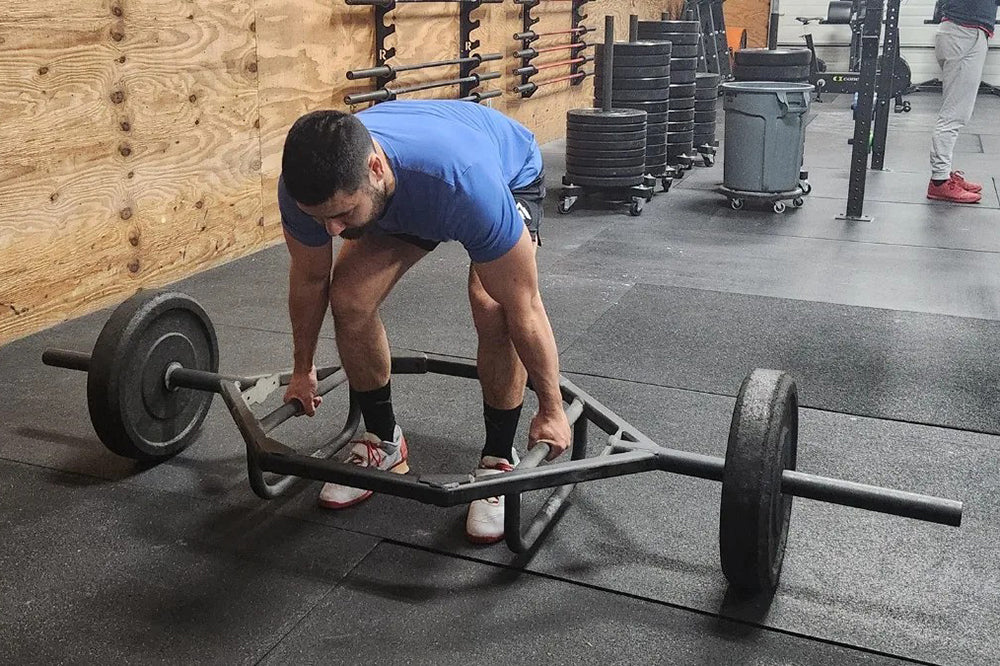




Leave a comment
This site is protected by hCaptcha and the hCaptcha Privacy Policy and Terms of Service apply.